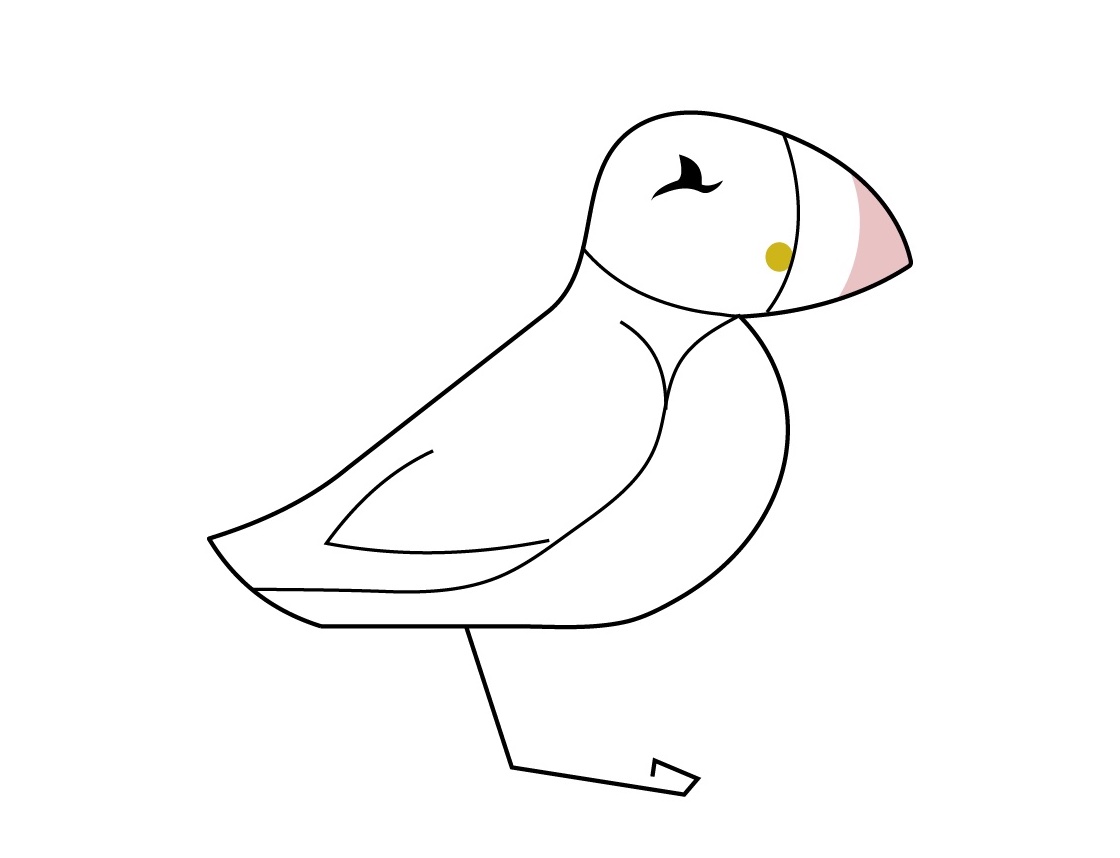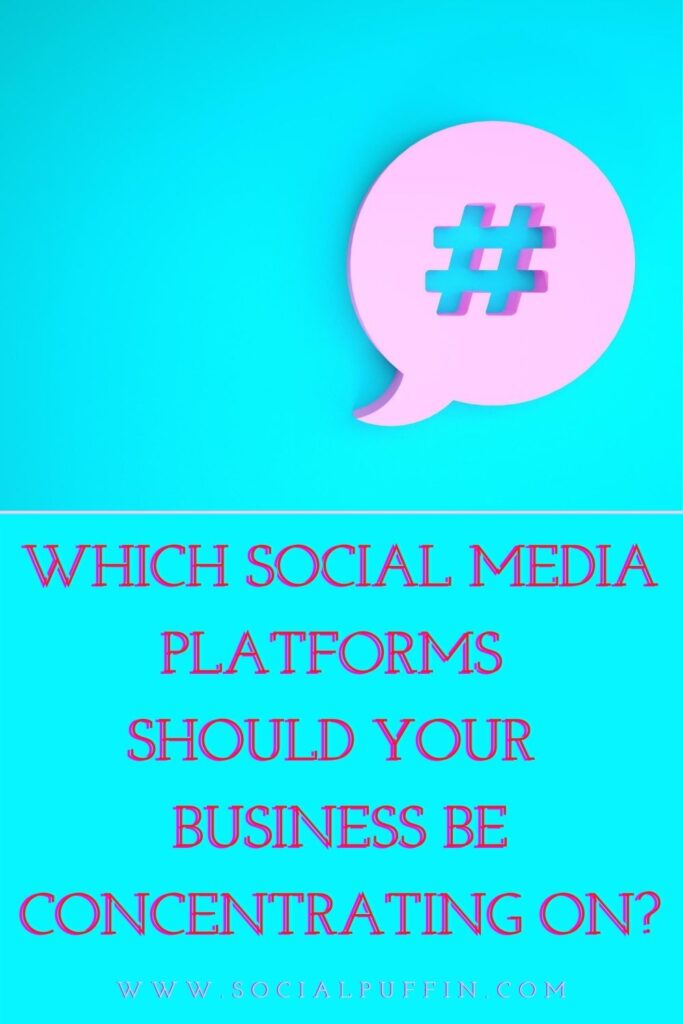With so many different social media all vying for your attention, resources, time and budget, it’s so difficult (especially as a small business or brand) to know where to concentrate you efforts.
Just how are you supposed to know which social media platform you should invest in to raise the profile of your company, to drive new sales or traffic and to grow your customer base?
In essence, when it comes to the multitude of social media out there, which do you need to decide to work on and which can you leave out of your marketing plans and strategy?
If your head is already spinning from this question, then don’t worry you’re not alone.
Here at Social Puffin we totally get how confusing and overwhelming all the different social media platforms can be.
With each one working in a slightly different way, and tailored to a slightly different audience and style, we absolutely understand that deciding where to concentrate your efforts is not a straightforward question.
But fear not, it’s for exactly that reason that we’ve compiled this guide.
Covering the 7 major social media platforms and breaking down exactly how they operate, why and who they target, we hope it will help iron out any confusions you may be having around your digital marketing plans.
Because, knowing the basics behind each platform should also help you choose which ones best fits your marketing aims, strategy and goals, and which may be surplus to requirements
After all, unless you have a huge budget and huge amount of time, it’s highly likely you’re going to have to focus your social media efforts on a few platforms, rather than trying to dominate them all.
So, to help you decide exactly which will get you the best return on your investment of time and budget, here is our handy overview guide to each of the major 7 networks.
Related Posts
- How to Read, Understand & Interpret Your Instagram Analytics
- Why You Need to Be on IGTV Today!
- How to Skyrocket Your Social Media Engagement Rate
This page contains affiliate links meaning Social Puffin may receive a small commission on any purchases at no extra cost to you.
#1 Facebook
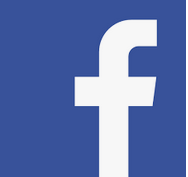
Network Target: B2C (business-to-consumer) & B2B (business-to-business)
Main Audience: Female 40+
Content Forms: Articles, Images, Videos and Links
So first up in this article, we look at the platform that got this whole social media ball rolling and that is, of course, Facebook.
The original founder that pretty much got this whole party started, Facebook remains a key social media network that we recommend for every business.
And that’s because Facebook has now transitioned beyond a social media platform in much of the way it operates.
Nowadays Facebook functions as a key source of information, much like a website, which means regular clients, potential customers, current competition, future employers and wannabe employees will all head here to gain more details about your business.
This may include address and opening details, it may include reviews of your service or products and it may include images and video to see what your premises, staff or culture are like.
Promoting any offers or events you may be running can also be done through Facebook, meaning, if successful, your page can morph almost into a community to whom you can market directly.
As such, Facebook is a rich network that brings together official brand-lead content alongside user-generated content, such as guest or customer images and opinions.
It also now incorporates Stories, which although haven’t taken off like they have on Instagram, do provide a setting for more raw, “behind-the-scenes” content too.
While younger audiences use Facebook less and the network is largely dominated by females aged over 40, there’s no question a Facebook page is absolutely key to your business and is a must-have social media regardless of your size, industry or expertise.
Learn all about Facebook Business Suite – how to set it up and use this free tool here.
#2 Instagram
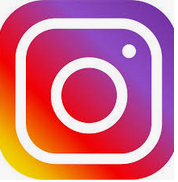
Network Target: B2C (business-to-consumer)
Main Audience: Male & Female 25+
Content Forms: Images, Vertical Videos & Stills
Another absolute must-have social media platform is Instagram.
In our humble opinion here at Social Puffin, we actually think that if your main target audience is under the age of 40, Instagram is just (if not even more) important than Facebook.
As we are sure you know, Instagram is a visual platform – meaning it is driven by image-based content, which includes video.
There are now 4 main parts to Instagram:
- Feed Posts
- Instagram Stories
- IGTV
- Reels
Feed posts were the original part of Instagram and are driven by highly edited and curated visual gallery content, usually in the form of still images.
Instagram Stories counteract the polished nature of the feed by having more raw, authentic and behind-the-scenes footage in both video and image form. The channel is vertical based i.e. portrait-shaped content is best suited here.
IGTV was Instagram’s launch into the world of long-form video and like the feed, it is more curated. It’s closest social media relative is YouTube, but footage in IGTV contrasts by generally being shorter in length, series-based, vertically-shot and less polished or smoothly edited.
Reels are very new and there will be more information coming out on these in a post next week.
All 4 of these different Instagram forms have 2 things in common – they are dedicated to the visual and they target consumers, so think new and old individual customers rather than other businesses.
Both men and women are frequent users of Instagram, but they tend to be younger than Facebook – on average in the 25-40 (millennial) age bracket.
Hashtags are important on Instagram. Learn more about why and how to use them in this post.
#3 Twitter

Network Target: B2B (business-to-business)
Main Audience: Male & Female 30+
Content Forms: Text-Based, Links
Moving onto a more B2B network now, Twitter is one of the original social media that is still going strong, although it works very differently to Facebook and Instagram.
We would describe Twitter as a B2B network, in that it often appeals to other businesses, so think competitors, industry leaders and others in your niche.
As such, Twitter is more text-based than visual and although images and videos can be built into tweets, these are not the main backbone.
And that’s because Twitter content tends to be geared more towards industry news, relevant articles and opinions, as such links out of the network to sources and information pieces are common.
Twitter’s feed is still chronological, which means it runs in date order and this also means that the network is driven a lot by news content and information which is current, up-to-date or unfolding.
The use of hashtags is important on Twitter so that content about certain events or news items can be traced and collected across many users / profiles.
Led by those in business, current affairs or people who like to have their fingers on the pulse, Twitter tends to be dominated by a more professional, older tone than Instagram.
That said, their latest feature Fleets might be about to change this. Find out more here.
#4 LinkedIn

Network Target: B2B (business-to-business)
Main Audience: Male & Female 35+
Content Forms: Text-Based, Links
Like Twitter, LinkedIn is what we would describe as another professional social media network.
It is also driven by B2B interactions and content that tends to revolve around professional news, industry-led information and relevant articles.
Professional achievements, reviews, awards and milestones are all celebrated by the platform and LinkedIn also operates as a job search site too, where roles are advertised and can be matched to your profile.
Like Facebook, LinkedIn operates with a profile and page system – your profile is your personal login and account, while pages are run by businesses. Profiles can be linked to Pages if you own, or are employed by, a business with a LinkedIn page.
As with Facebook therefore, it’s crucial businesses concentrate their social media efforts on their LinkedIn page by setting this up correctly and by keeping it updated with regular content.
We think a LinkedIn page is important for all businesses, especially as it needn’t use up a lot of your resources.
#5 YouTube
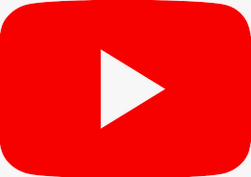
Network Target: B2C (business-to-consumer)
Main Audience: Male & Female 20+
Content Forms: Video
The king of video content, YouTube is the platform to use for long form moving footage.
If video is part of your marketing strategy, then YouTube is key for you.
From videos that highlight products, give demonstrations or tutorials, simply through to those that entertain or inspire, this a platform with a wide remit.
The one constant is well-polished, highly-edited, landscape-shaped videos. Often they are narrative too.
YouTube also acts like a search-engine (similar to Google) so ensuring your content on this platform employs good SEO techniques is key to getting discovered, increasing reach and growing your following.
Subscriber numbers are a big marker of success on YouTube so that, as with Facebook, you can build up a real community on the platform.
#6 Pinterest
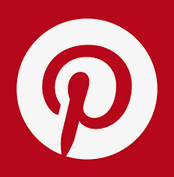
Network Target: B2C (business-to-consumer)
Main Audience: Female 30+
Content Forms: Images and Videos
Another social media platform that employs SEO strategies is Pinterest.
Yes, Pinterest is a social media, but it’s also a visual search engine and a key platform to donate time to if you are looking to drive traffic to a website or advertise a product that sits within an aesthetically-driven niche such as fashion, home décor, travel or beauty.
Pinterest is a key social media to invest in if your target audience is largely female, as the platform is mainly driven by a female audience and relies on images and videos, which act as visual bookmarks for content, products and articles.
Users either save, comment, like or click on the visual bookmark and are then taken out to an external website, which either has an article or a product for sale.
As such, high-quality visuals, often with text overlay and vertical in form, are crucial to success on Pinterest.
Having an external online destination to send users to i.e. a website or Etsy store, is also crucial to make this social network work for your business.
Pinterest used to be restricted just to images, but has now expanded to include video pins too. To make both Pinterest-worthy images and videos we suggest using Canva.
#7 TikTok

Network Target: B2C (business-to-consumer)
Main Audience: Female & Male 18+
Content Forms: Videos
And finally we come to our 7th social media platform and the new kid on the block!
Yes TikTok is taking the world by storm and is especially crucial to invest time in if your audience is in the Gen Z category.
TikTok is all about short-form vertical, video content.
It’s often light-hearted, funny, unedited, snappy and uplifting.
Footage is seen as more real, raw and authentic, hence why it is popular with younger audiences, although its popularity is steadily increasing among Millennials too.
Marketing on TikTok is not about the hard sell, but much more about showing off company culture and values, as well as staff and behind the scenes footage.
Learn more in this post we wrote about how we got our first TikTok video to over 1000 views in under 24 hours!
PIN IT TO PINTEREST!
So that’s our overview guide to top the 7 social media platforms.
We hope we’ve helped you get your head around each of them a little more, so that you can decide which best suit your marketing needs and where you should best concentrate your resources to ensure the maximum return on your investment.
Any questions?
Don’t forget to fire them into the comments box below and we’ll get back to you!

